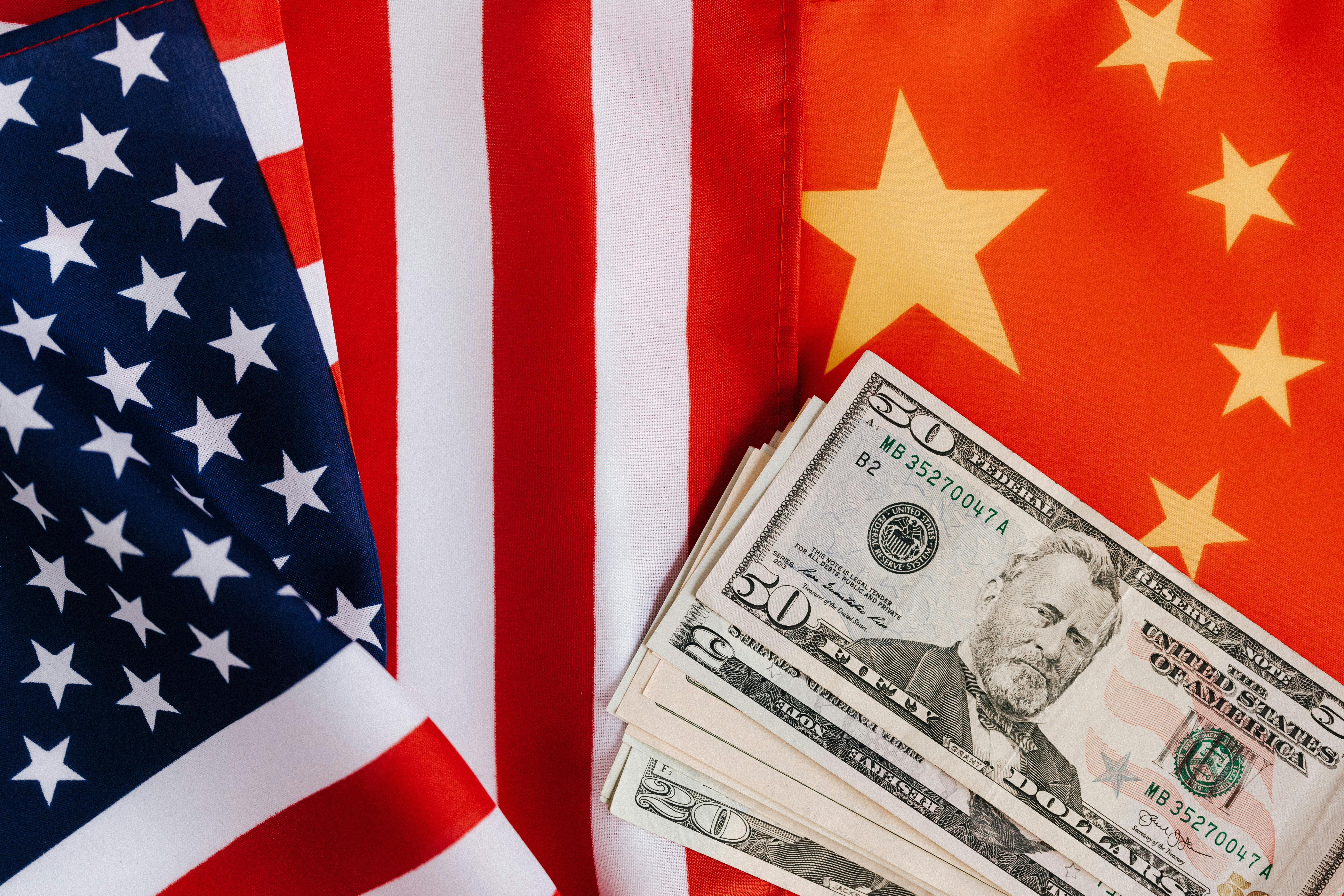
U.S. Tariff Rate Hits Highest Level Since 1934 Despite New Trade Deals, Yale Report Finds
The average effective tariff rate on U.S. imports stands at 17.8%, the highest since 1934, despite recent trade agreements with China and the United Kingdom, according to a report released on May 12 by the Yale Budget Lab. The report highlights that the new trade deals — including reductions in duties on Chinese and British goods — have had limited impact on overall tariff levels.
Advertisement
The bulk of existing tariffs, many instituted under President Donald Trump’s administration, remain in place, including a 10% across-the-board levy on nearly all trading partners.

USA tariffs | Source: Pexels
“This is equivalent to an increase of 15.4 percentage points from the average effective tariff rate before Trump’s second term,” the report stated.
Under the recent agreements, tariffs on Chinese imports to the U.S. were cut to 30% from at least 145% for a 90-day period, while China lowered its duty on U.S. goods from 125% to 10%. A separate agreement with the U.K. announced last Thursday allows the first 100,000 British automobiles to face a reduced 10% tariff instead of the previous 25%.
Despite these measures, the report emphasized that average tariff levels remain historically high, largely due to persistent levies on goods such as steel, aluminum, and automobiles, as well as tariffs on imports from Canada and Mexico.

USA and China flags under dollar bills | Source: Pexels
The Yale Budget Lab estimates current tariff policies will cost the average American household approximately $2,800 in the short term. Factoring in likely changes in consumer behavior to avoid costlier goods — particularly from China — the effective rate could fall to 16.4%, still the highest since 1937.
The timing of these adjustments remains uncertain. “Some shifts are likely to happen quickly — within days or weeks — while others may take longer,” the report noted.
Advertisement
